Biao Wu
RepNet-VSR: Reparameterizable Architecture for High-Fidelity Video Super-Resolution
Apr 22, 2025Abstract:As a fundamental challenge in visual computing, video super-resolution (VSR) focuses on reconstructing highdefinition video sequences from their degraded lowresolution counterparts. While deep convolutional neural networks have demonstrated state-of-the-art performance in spatial-temporal super-resolution tasks, their computationally intensive nature poses significant deployment challenges for resource-constrained edge devices, particularly in real-time mobile video processing scenarios where power efficiency and latency constraints coexist. In this work, we propose a Reparameterizable Architecture for High Fidelity Video Super Resolution method, named RepNet-VSR, for real-time 4x video super-resolution. On the REDS validation set, the proposed model achieves 27.79 dB PSNR when processing 180p to 720p frames in 103 ms per 10 frames on a MediaTek Dimensity NPU. The competition results demonstrate an excellent balance between restoration quality and deployment efficiency. The proposed method scores higher than the previous champion algorithm of MAI video super-resolution challenge.
Motion Anything: Any to Motion Generation
Mar 10, 2025Abstract:Conditional motion generation has been extensively studied in computer vision, yet two critical challenges remain. First, while masked autoregressive methods have recently outperformed diffusion-based approaches, existing masking models lack a mechanism to prioritize dynamic frames and body parts based on given conditions. Second, existing methods for different conditioning modalities often fail to integrate multiple modalities effectively, limiting control and coherence in generated motion. To address these challenges, we propose Motion Anything, a multimodal motion generation framework that introduces an Attention-based Mask Modeling approach, enabling fine-grained spatial and temporal control over key frames and actions. Our model adaptively encodes multimodal conditions, including text and music, improving controllability. Additionally, we introduce Text-Motion-Dance (TMD), a new motion dataset consisting of 2,153 pairs of text, music, and dance, making it twice the size of AIST++, thereby filling a critical gap in the community. Extensive experiments demonstrate that Motion Anything surpasses state-of-the-art methods across multiple benchmarks, achieving a 15% improvement in FID on HumanML3D and showing consistent performance gains on AIST++ and TMD. See our project website https://steve-zeyu-zhang.github.io/MotionAnything
XLIP: Cross-modal Attention Masked Modelling for Medical Language-Image Pre-Training
Jul 28, 2024Abstract:Vision-and-language pretraining (VLP) in the medical field utilizes contrastive learning on image-text pairs to achieve effective transfer across tasks. Yet, current VLP approaches with the masked modelling strategy face two challenges when applied to the medical domain. First, current models struggle to accurately reconstruct key pathological features due to the scarcity of medical data. Second, most methods only adopt either paired image-text or image-only data, failing to exploit the combination of both paired and unpaired data. To this end, this paper proposes a XLIP (Masked modelling for medical Language-Image Pre-training) framework to enhance pathological learning and feature learning via unpaired data. First, we introduce the attention-masked image modelling (AttMIM) and entity-driven masked language modelling module (EntMLM), which learns to reconstruct pathological visual and textual tokens via multi-modal feature interaction, thus improving medical-enhanced features. The AttMIM module masks a portion of the image features that are highly responsive to textual features. This allows XLIP to improve the reconstruction of highly similar image data in medicine efficiency. Second, our XLIP capitalizes unpaired data to enhance multimodal learning by introducing disease-kind prompts. The experimental results show that XLIP achieves SOTA for zero-shot and fine-tuning classification performance on five datasets. Our code will be available at https://github.com/White65534/XLIP
Curriculum Learning with Quality-Driven Data Selection
Jun 27, 2024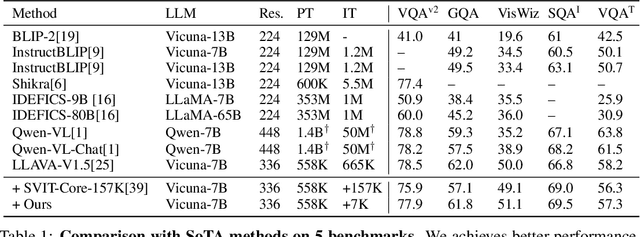

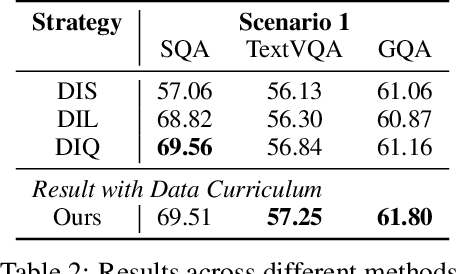

Abstract:The impressive multimodal capabilities demonstrated by OpenAI's GPT-4 have generated significant interest in the development of Multimodal Large Language Models (MLLMs). Visual instruction tuning of MLLMs with machine-generated instruction-following data has shown to enhance zero-shot capabilities across various tasks. However, there has been limited exploration into controlling the quality of the instruction data.Current methodologies for data selection in MLLMs often rely on single, unreliable scores or use downstream tasks for selection, which is time-consuming and can lead to potential overfitting on the chosen evaluation datasets. To mitigate these limitations, we propose a novel data selection methodology that utilizes image-text correlation and model perplexity to evaluate and select data of varying quality. This approach leverages the distinct distribution of these two attributes, mapping data quality into a two-dimensional space that allows for the selection of data based on their location within this distribution. By utilizing this space, we can analyze the impact of task type settings, used as prompts, on data quality. Additionally, this space can be used to construct multi-stage subsets of varying quality to facilitate curriculum learning. Our research includes comprehensive experiments conducted on various datasets. The results emphasize substantial enhancements in five commonly assessed capabilities compared to using the complete dataset. Our codes, data, and models are publicly available at: \url{https://anonymous.4open.science/r/EHIT-31B4}
Semi-supervised Video Semantic Segmentation Using Unreliable Pseudo Labels for PVUW2024
Jun 02, 2024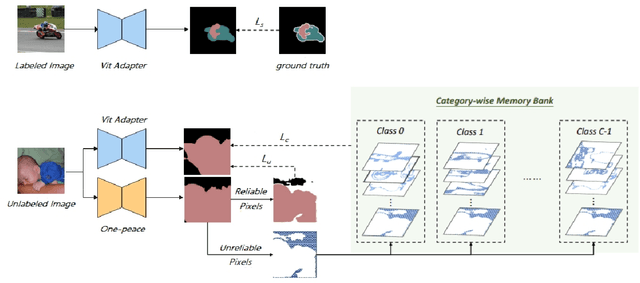
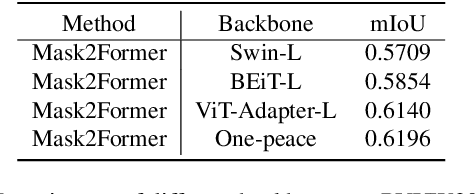
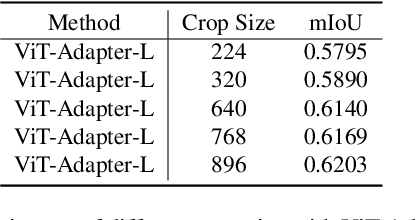
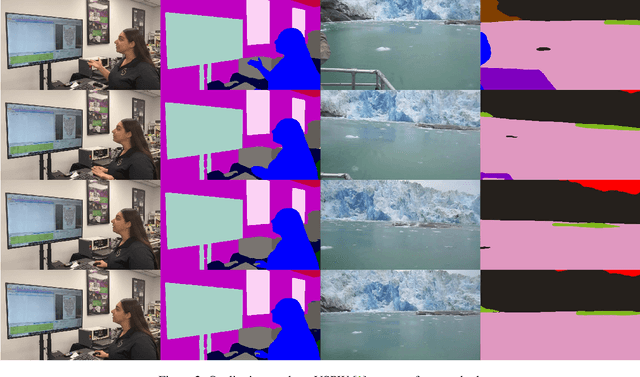
Abstract:Pixel-level Scene Understanding is one of the fundamental problems in computer vision, which aims at recognizing object classes, masks and semantics of each pixel in the given image. Compared with image scene parsing, video scene parsing introduces temporal information, which can effectively improve the consistency and accuracy of prediction,because the real-world is actually video-based rather than a static state. In this paper, we adopt semi-supervised video semantic segmentation method based on unreliable pseudo labels. Then, We ensemble the teacher network model with the student network model to generate pseudo labels and retrain the student network. Our method achieves the mIoU scores of 63.71% and 67.83% on development test and final test respectively. Finally, we obtain the 1st place in the Video Scene Parsing in the Wild Challenge at CVPR 2024.
2nd Place Solution for PVUW Challenge 2024: Video Panoptic Segmentation
Jun 01, 2024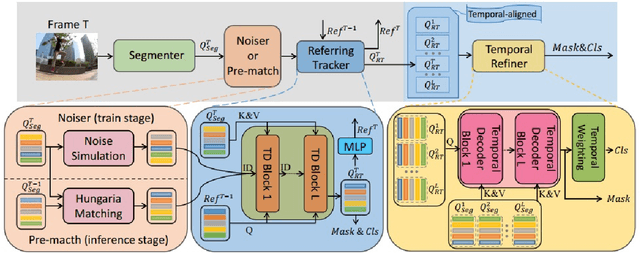



Abstract:Video Panoptic Segmentation (VPS) is a challenging task that is extends from image panoptic segmentation.VPS aims to simultaneously classify, track, segment all objects in a video, including both things and stuff. Due to its wide application in many downstream tasks such as video understanding, video editing, and autonomous driving. In order to deal with the task of video panoptic segmentation in the wild, we propose a robust integrated video panoptic segmentation solution. We use DVIS++ framework as our baseline to generate the initial masks. Then,we add an additional image semantic segmentation model to further improve the performance of semantic classes.Finally, our method achieves state-of-the-art performance with a VPQ score of 56.36 and 57.12 in the development and test phases, respectively, and ultimately ranked 2nd in the VPS track of the PVUW Challenge at CVPR2024.
Motion Avatar: Generate Human and Animal Avatars with Arbitrary Motion
May 18, 2024



Abstract:In recent years, there has been significant interest in creating 3D avatars and motions, driven by their diverse applications in areas like film-making, video games, AR/VR, and human-robot interaction. However, current efforts primarily concentrate on either generating the 3D avatar mesh alone or producing motion sequences, with integrating these two aspects proving to be a persistent challenge. Additionally, while avatar and motion generation predominantly target humans, extending these techniques to animals remains a significant challenge due to inadequate training data and methods. To bridge these gaps, our paper presents three key contributions. Firstly, we proposed a novel agent-based approach named Motion Avatar, which allows for the automatic generation of high-quality customizable human and animal avatars with motions through text queries. The method significantly advanced the progress in dynamic 3D character generation. Secondly, we introduced a LLM planner that coordinates both motion and avatar generation, which transforms a discriminative planning into a customizable Q&A fashion. Lastly, we presented an animal motion dataset named Zoo-300K, comprising approximately 300,000 text-motion pairs across 65 animal categories and its building pipeline ZooGen, which serves as a valuable resource for the community. See project website https://steve-zeyu-zhang.github.io/MotionAvatar/
Real-Time 4K Super-Resolution of Compressed AVIF Images. AIS 2024 Challenge Survey
Apr 25, 2024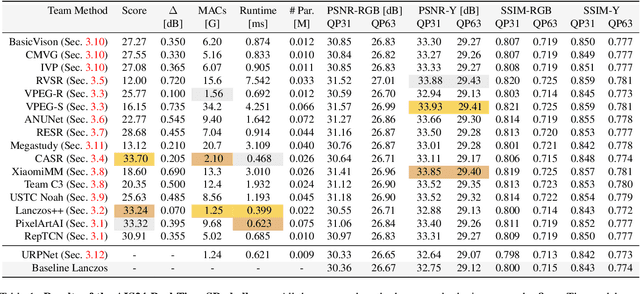

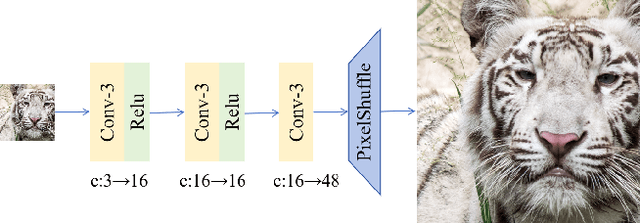
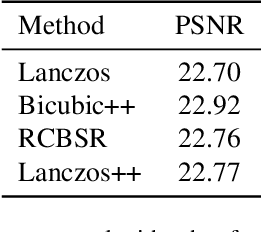
Abstract:This paper introduces a novel benchmark as part of the AIS 2024 Real-Time Image Super-Resolution (RTSR) Challenge, which aims to upscale compressed images from 540p to 4K resolution (4x factor) in real-time on commercial GPUs. For this, we use a diverse test set containing a variety of 4K images ranging from digital art to gaming and photography. The images are compressed using the modern AVIF codec, instead of JPEG. All the proposed methods improve PSNR fidelity over Lanczos interpolation, and process images under 10ms. Out of the 160 participants, 25 teams submitted their code and models. The solutions present novel designs tailored for memory-efficiency and runtime on edge devices. This survey describes the best solutions for real-time SR of compressed high-resolution images.
I Learn Better If You Speak My Language: Enhancing Large Language Model Fine-Tuning with Style-Aligned Response Adjustments
Feb 17, 2024
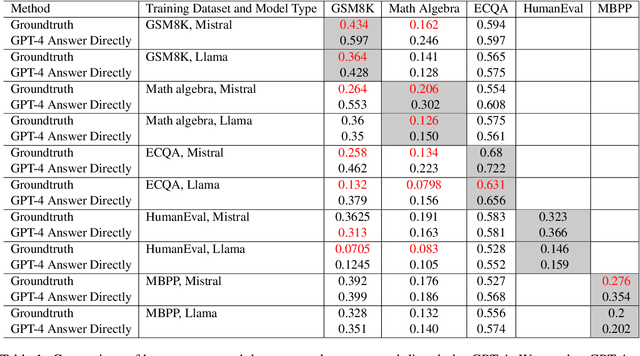

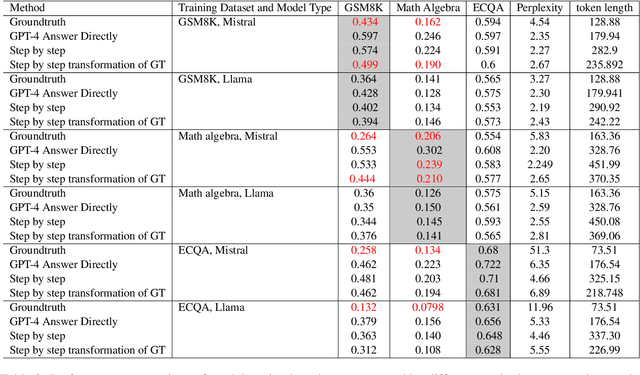
Abstract:Fine-tuning large language models (LLMs) with a small data set for particular tasks is a widely encountered yet complex challenge. The potential for overfitting on a limited number of examples can negatively impact the model's ability to generalize and retain its original skills. Our research explores the impact of the style of ground-truth responses during the fine-tuning process. We found that matching the ground-truth response style with the LLM's inherent style results in better learning outcomes. Building on this insight, we developed a method that minimally alters the LLM's pre-existing responses to correct errors, using these adjusted responses as training targets. This technique enables precise corrections in line with the model's native response style, safeguarding the model's core capabilities and thus avoid overfitting. Our findings show that this approach not only improves the LLM's task-specific accuracy but also crucially maintains its original competencies and effectiveness.
SegReg: Segmenting OARs by Registering MR Images and CT Annotations
Nov 12, 2023Abstract:Organ at risk (OAR) segmentation is a critical process in radiotherapy treatment planning such as head and neck tumors. Nevertheless, in clinical practice, radiation oncologists predominantly perform OAR segmentations manually on CT scans. This manual process is highly time-consuming and expensive, limiting the number of patients who can receive timely radiotherapy. Additionally, CT scans offer lower soft-tissue contrast compared to MRI. Despite MRI providing superior soft-tissue visualization, its time-consuming nature makes it infeasible for real-time treatment planning. To address these challenges, we propose a method called SegReg, which utilizes Elastic Symmetric Normalization for registering MRI to perform OAR segmentation. SegReg outperforms the CT-only baseline by 16.78% in mDSC and 18.77% in mIoU, showing that it effectively combines the geometric accuracy of CT with the superior soft-tissue contrast of MRI, making accurate automated OAR segmentation for clinical practice become possible.
 Add to Chrome
Add to Chrome Add to Firefox
Add to Firefox Add to Edge
Add to Edge